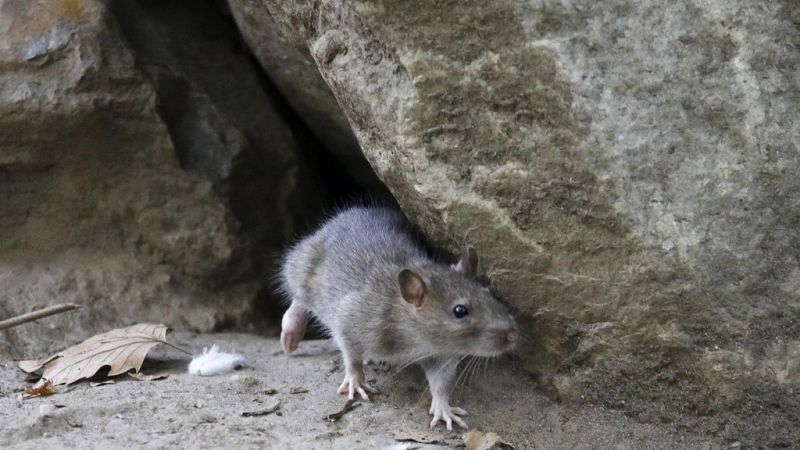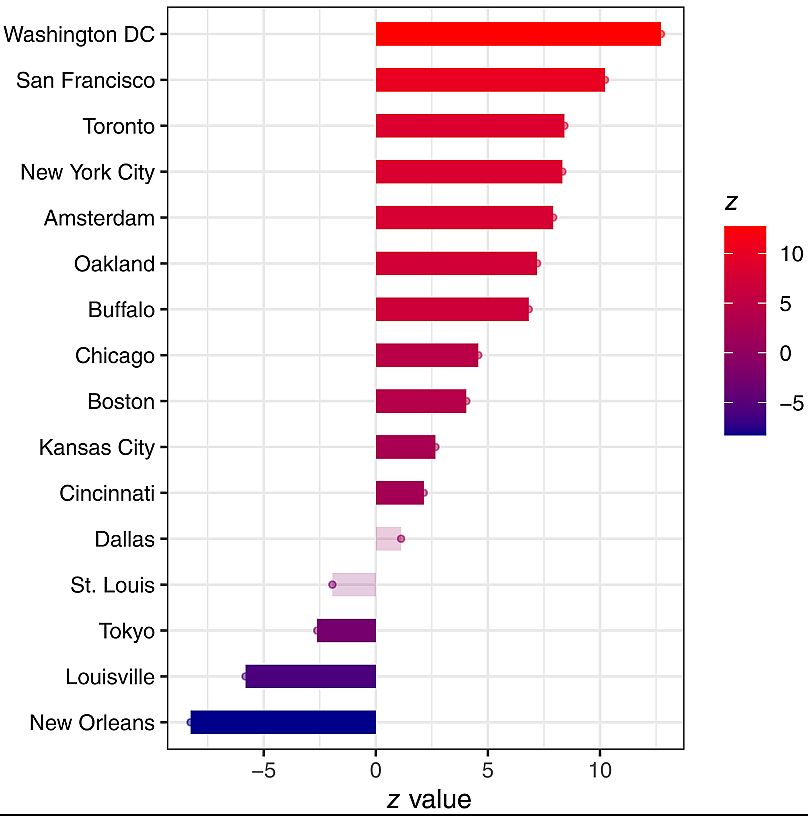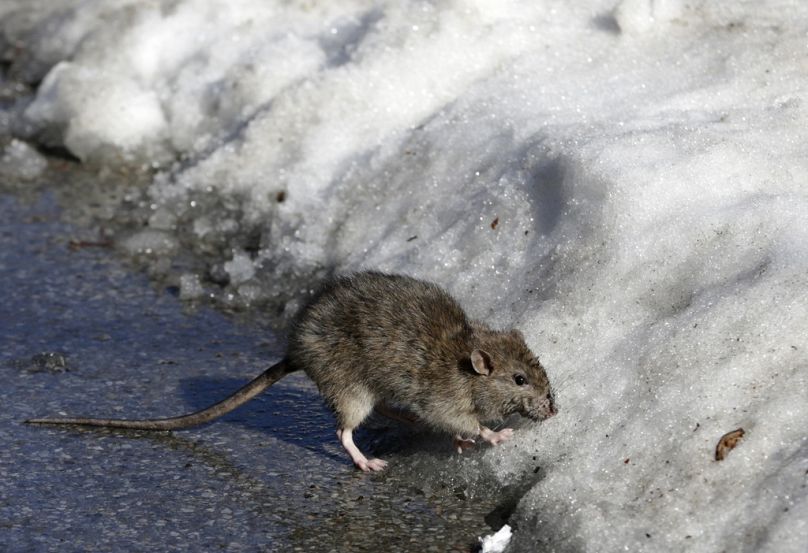Amsterdam, New York, Toronto: The cities where climate change is causing a rat population overload

Sightings of rats have become more common in many cities around the world. A new study, which inspected rat-related complaints, found that increasing temperatures due to climate change are creating a 'perfect rat storm' and allowing populations to flourish.
In the first-ever such examination, 16 cities were studied to determine how modern rat populations are being affected by humans. Some major cities including London and Paris were not included due to a lack of available data.
Nevertheless, the results from the 16 cities considered can be seen as a yardstick to measure all urban environments. The conclusion of the study is that, as temperatures warm, cities risk becoming overrun by rats.
While rat populations have been previously hard to count due to the way the rodents live and hide, this new study by the journal Science Advances focused on rat complaints and has identified 11 major global cities that have seen them increase.
The most and least rat-infested cities in the world
The worst European city for rat infestation is Amsterdam. Of the 16 cities studied, Amsterdam was considered to have the 5th fastest growing rat population, just behind New York.
In America, Washington and San Francisco have the most rat sightings, followed by Toronto in Canada and New York City. Notably, Washington has a rising rat reporting trend that is 50 per cent more than New York. Washington city officials have not responded to requests for comment.
Only three cities saw significant decreasing trends - New Orleans, Louisville and Tokyo. The city of Louisiana, the home of Mardi Gras, showed the biggest drop in rat reporting.
Climate change is partly to blame for more rats
A statistical analysis of the rising rat reporting in those cities by researchers concluded that slightly more than 40 per cent of the trend seen is due to warming temperatures from the burning of coal, oil, and natural gas.
The reason for this alarming rise comes down to sex and food, said study lead author Jonathan Richardson, a biologist at the University of Richmond.
“We’re seeing these increasing trends in rats in cities that are warming the fastest, probably because this is a small mammal that has physiological challenges in the cold weather months,” Richardson said.
“If we're warming the climate and winter starts a week or two later and spring arrives a week or two earlier, that's one, two, maybe even three or four weeks across the entire year where those rats can be above ground foraging, acquiring more food and maybe squeezing out one or two more reproductive cycles.”
While an extra month may not seem like much, female rats can have a litter every month, with each litter holding from eight to 16 baby rats. Richardson explained this "is a recipe for accelerated population growth.”
The rise of city rodents poses a huge risk to human health
Rat reproduction is also on the increase because of two other crucial human factors, the study concluded: the increase in urbanisation and more densely populated cities.
Rats like the built-up environment and being near people and their waste. Multiple experts have said that rats essentially eat at the same table as humans.
“The rat is the third most successful mammal behind humans and house mice. So it evolved and engineered to live alongside us,” New York City rat czar Kathleen Corradi said during a break at a New Orleans conference on improving pest management.
“They followed humans, homosapiens, across the continents and are in every single continent except Antarctica. So it's considered a wicked problem.”
Even though rats are intelligent and highly adaptive, Richardson and other experts said they are a serious problem for people.
“When rodent populations are high, people get sick, motor vehicles become disabled, mental health declines, fires are started, and foods fouled,” said Houston rat expert Michael Parsons, who wasn't part of the study.
People are rightly bothered by rats because of “an innate fear caused by an organism that can make us sick.”
This is the first-ever and vital study examining urban rat populations
Researchers have not had good figures on rats. Because of the way they live and hide, they are not as easily counted as other critters, so this is one of the first attempts to quantify them. The study has not counted rats, but considers rat-related complaints from people.
Several outside experts said the study is legitimate, sensible, and was sorely needed.
“This paper is by far the largest data-driven effort to understand changes in urban rat populations ever attempted,” said Drexel University ecology professor Jason Munshi-South, who wasn't part of the research.
Because the statistics go back years and only cities that haven't changed their reporting methods were looked at, Richardson said the trends they spotted have scientific merit.
Even though Washington has the highest increasing trend that doesn't mean it has more rats or even rat sightings. It’s just that the numbers within the city are increasing fastest, he says.
Looking at the few cities where rat reports are down may help in the fight against rats. However, the study observed that the solution is not more poison or traps, but rather prevention.
“In New Orleans, they make a big effort to get out into neighbourhoods and do educational workshops and campaigns to talk to residents about what makes a property less likely to have rats,” Richardson says.
New York recently stepped up its rat-fighting with measures like replacing garbage in bags on the street with rat-resistant containers and signing people up for what it calls an elite squad of rat fighters, named ‘NYC rat pack’.
“As our cities warm, urbanise and (increase in) density, we create more resources for rats, which could result in further increases in numbers,” Simon Fraser University health and rat scientist Kaylee Byers said in an email.
We can fight them better, but in the end people “need to coexist with wildlife in urban environments, even with rats,” University of Michigan conservation scientist Neil Carter said.
“Zero rats is impossible,” Richardson said. “But I think an expectation that we need to live with the number of rats that we're seeing in many of these cities is also an unhealthy perspective on this problem.”
Yesterday



